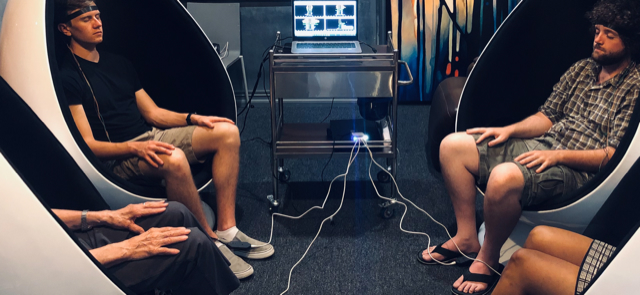Neurofeedback for Executive Control & Self-Regulation

Since each person’s brain is different, the changes that result from brain exercise vary from person to person. In general, we recommend having 10 to 20 sessions sessions per symptom, spaced out once or twice weekly. The results you may expect from brain training include: the ability to process spoken instructions, improved ability to practice difficult tasks patiently, thinking before acting and feeling good about yourself.
When your brain is functioning optimally, your performance and behavior improve. Your capacity to use your brain can be described using a continuum; for example, on one end is impaired capacity due to damage resulting from a blow to the head or trauma. This type of damage causes obvious dysfunction and impairment. However, even mild head trauma can bring about indifference and a loss of initiative and drive. On the opposite end of the continuum is full capacity resulting from a brain that shifts in and out of states smoothly, communicates signals efficiently across brain hemispheres and operates in a coherent and balanced way that supports your goals. Brain training can lead to superior levels of performance and improved quality of life.
These customized sessions may include central (brain) and peripheral (body) nervous system training. For example: neurofeedback, heart rate variability (HRV), temperature hand warming, skin conductance (SC) and surface electromyography (sEMG). These biofeedback modalities are used to help you become more aware of your mind-body connection, create physiological coherence and provide deep relaxation, wellness and resilience. Peripheral biofeedback training can interrupt autonomic stress responses by activating the parasympathetic nervous system and promoting relaxation.